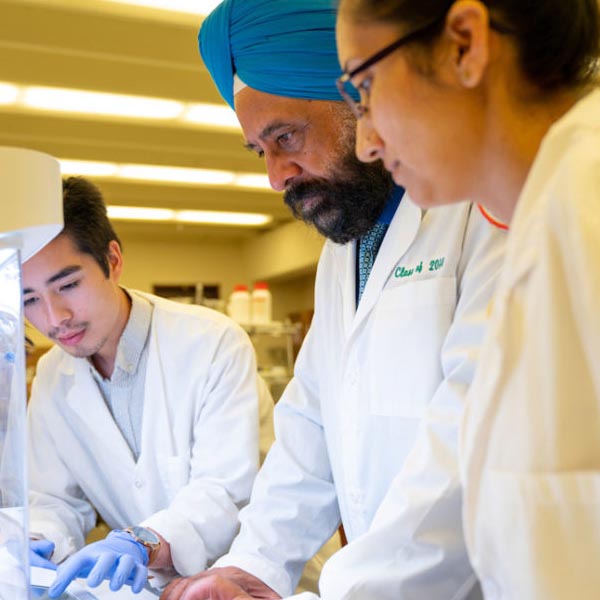
FAMU Researchers Are First in U.S. to 3D Print Human Cornea
#3DEyePrint

FAMU Researchers Are First in U.S. to 3D Print Human Cornea
#3DEyePrint
Research Terms
Industries














































